Home>Articles>Why Is It Illegal To Cut Tags Off From Pillows
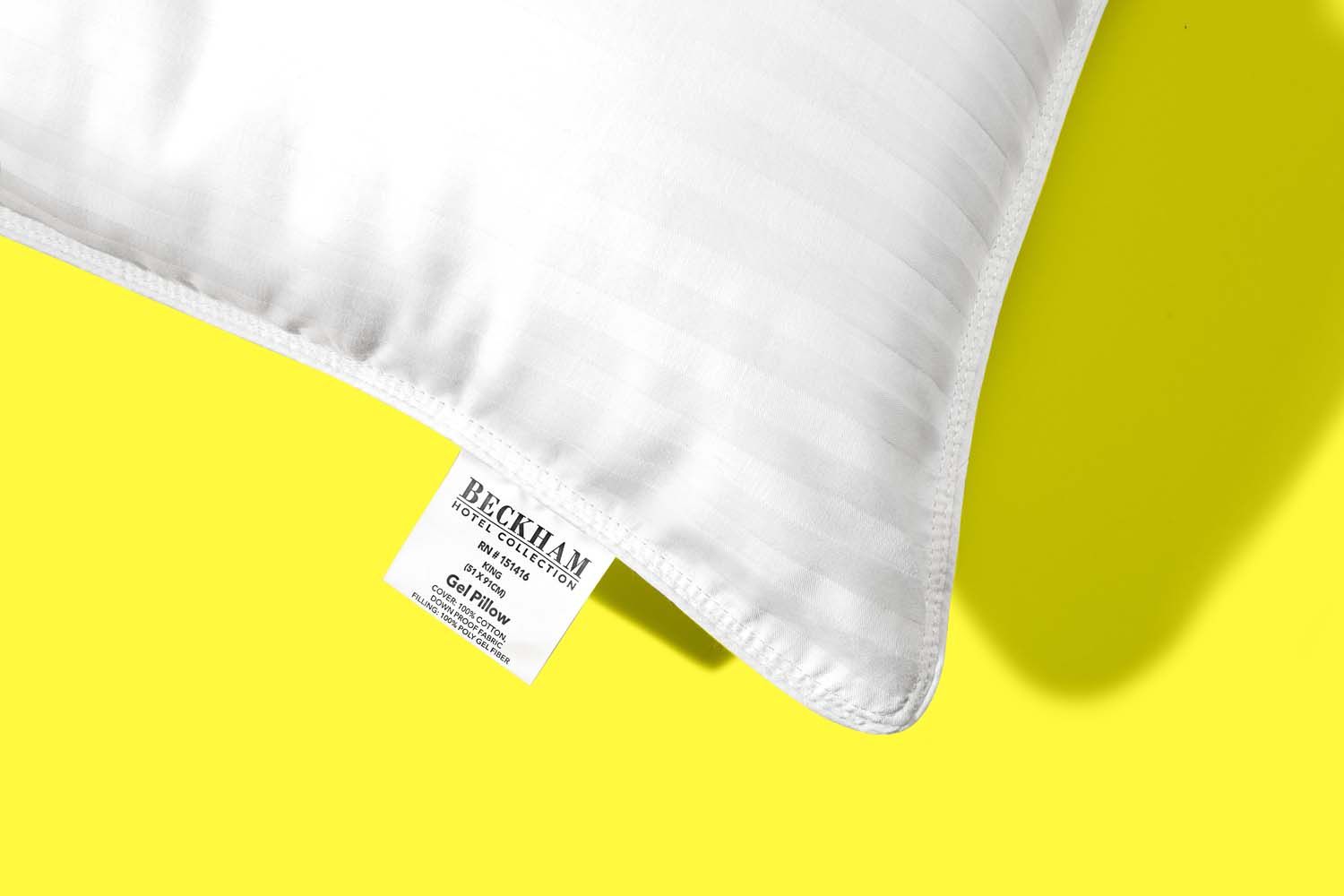

Articles
Why Is It Illegal To Cut Tags Off From Pillows
Modified: December 7, 2023
Discover why cutting tags off pillows is illegal in this informative article. Explore the legal reasons behind this everyday practice and stay informed.
(Many of the links in this article redirect to a specific reviewed product. Your purchase of these products through affiliate links helps to generate commission for Storables.com, at no extra cost. Learn more)
Introduction
Have you ever wondered why there are small tags attached to your pillows? These tags, often labeled “Do Not Remove,” may seem insignificant, but they serve a much greater purpose. In fact, it is actually illegal to cut off these tags from pillows in many countries, including the United States.
To understand the reasoning behind this law, it is important to delve into the history of tagging regulations and the reasons for their implementation. Additionally, we will explore the potential consequences of unlawfully removing pillow tags, as well as any safety concerns associated with tag removal. Furthermore, we will discuss how these tags not only protect consumers but also provide essential information about the pillow’s materials and care instructions.
So, why is it illegal to cut off tags from pillows? Let’s uncover the truth behind this seemingly trivial matter.
Key Takeaways:
- Pillow tags provide essential information, protect consumer rights, and ensure product authenticity. Respect the tags to make informed purchasing decisions and enjoy a safe and satisfactory sleep experience.
- Misconceptions about pillow tags can lead to confusion. Understand their significance in promoting transparency, consumer protection, and product quality. Respect the tags for a trustworthy marketplace.
Read more: Why Is It Illegal To Cut Off Mattress Tags
Understanding the Tagging Law
The tagging law, specifically regarding pillows, is intended to provide consumer protection and ensure transparency in the marketplace. These tags contain valuable information about the pillow’s contents, care instructions, and manufacturer details. By removing these tags, consumers may be deprived of essential information that can aid in their purchasing decisions.
In the United States, tag removal from pillows is regulated under the Textile Federal Trade Commission (FTC) Act, enforced by the Federal Trade Commission. The FTC requires that all pillows sold in the U.S. have a durable tag affixed to them. This tag must include the following details:
- Statement of the pillow’s fiber content – Such as “100% polyester filling” or “90% down, 10% feathers.”
- Country of origin – The tag should indicate where the pillow was manufactured.
- Care instructions – These instructions provide guidance on how to clean and maintain the pillow properly.
- Manufacturer or distributor name – The company responsible for producing or distributing the pillow should be identified on the tag.
These labels help consumers make informed decisions about the pillow’s composition and care requirements. Additionally, they provide a sense of accountability for manufacturers, ensuring that they uphold certain quality standards for their products.
The tagging law also extends beyond pillows to other textile products, such as mattresses, cushions, and upholstered furniture. These regulations aim to protect consumers from deceptive marketing practices and provide a reliable source of information about the items they purchase.
History of Tagging Regulations
The history of tagging regulations can be traced back to the early 20th century when consumer protection laws were first introduced. Prior to these regulations, product labeling and information were not standardized, leaving consumers uninformed about the products they were purchasing.
In the United States, the Wool Products Labeling Act of 1939 was one of the first pieces of legislation to address textile labeling requirements. This Act mandated that wool products, including pillows, must be labeled with accurate information regarding fiber content and country of origin.
Over time, the scope of labeling regulations expanded to include other textiles, and the Textile Fiber Products Identification Act of 1960 was introduced. This Act required all textile products, including pillows, to have a label that accurately described the fiber content and provided care instructions.
In 1972, the Federal Trade Commission (FTC) issued the Care Labeling Rule, which made it mandatory for manufacturers to include care instructions on textile products. This rule ensured that consumers were provided with the necessary information to properly care for their pillows and other textile items.
The labeling regulations continued to evolve, and in 1984, the Labeling of Certain Household Goods Act was enacted, further strengthening the requirements for pillow labeling. This Act made it a violation of federal law to remove or alter the required label from household goods, including pillows.
Since then, the FTC has maintained strict enforcement of these labeling regulations, and non-compliance can result in penalties and fines for manufacturers and distributors.
Overall, the history of tagging regulations demonstrates the importance of providing consumers with accurate, standardized information about the products they purchase. These regulations help protect consumers from false or misleading advertising and ensure transparency in the marketplace.
Reasons for Tagging Pillows
The requirement to tag pillows serves several important purposes that benefit both consumers and manufacturers. Let’s explore some of the key reasons behind the tagging of pillows.
- Consumer Information: The primary purpose of pillow tags is to provide consumers with essential information about the product they are purchasing. The tags include details about the pillow’s fiber content, care instructions, and country of origin. This information allows consumers to make informed decisions about the pillow’s suitability for their needs, determine how to properly care for and clean the pillow, and assess its quality.
- Product Safety: Pillow tags also play a role in ensuring product safety. By including details about the pillow’s composition, manufacturers can alert consumers to any potential allergenic materials, such as feathers or down, which may cause reactions in certain individuals. This information allows consumers to choose pillows that are safe and compatible with their specific requirements.
- Quality Assurance: Tagging pillows helps maintain quality standards in the industry. The detailed information provided on the tags, including the manufacturer’s name, allows consumers to identify and hold manufacturers accountable for the quality of their products. Additionally, the tag serves as a mark of authenticity, ensuring that consumers are purchasing genuine products from reputable manufacturers.
- Legal Compliance: Compliance with tagging regulations, such as the Textile Federal Trade Commission (FTC) Act in the United States, is a legal requirement for manufacturers and ensures fair trade practices. By adhering to these regulations, manufacturers promote a level playing field within the industry and protect consumers from misleading or false advertising.
- Consumer Education: Pillow tags can also act as a source of education for consumers. The care instructions provided on the tags help users understand how to properly clean and maintain their pillows, prolonging their lifespan and ensuring hygienic usage.
Overall, tagging serves the purpose of providing essential information, ensuring consumer safety, maintaining quality standards, and promoting fair trade practices. It is through the presence of these tags that consumers can make informed decisions about the pillows they purchase and alleviate any concerns regarding safety and authenticity.
Unlawful Removal of Pillow Tags
In many countries, including the United States, it is illegal to remove the tags from pillows once they have been purchased. The tags are intended to remain attached to the pillow throughout its lifespan, providing valuable information to consumers. The unlawful removal of these tags can have consequences.
While it may be tempting to remove the tags for aesthetic reasons or to free up space on the pillow, it is important to understand the implications of such an action. The tags not only provide important information about the pillow’s composition and care instructions but also serve as evidence of compliance with industry regulations.
By removing the tag, consumers may unknowingly compromise their own rights as consumers. In the event of a product defect or safety concern, having the original tag intact can help consumers identify the manufacturer and pursue any necessary claims or inquiries. Without the tag, it becomes more challenging to establish the origins and details of the pillow.
Furthermore, the unauthorized removal of pillow tags can be seen as a violation of federal regulations. In the United States, for example, under the Textile Fiber Products Identification Act enforced by the Federal Trade Commission (FTC), removing or altering the required label on household goods, including pillows, is against the law.
Manufacturers are also aware of the importance of these tags and may include warnings on the tags themselves, stating that their removal is unlawful. This serves as a reminder to consumers to leave the tags intact and to exercise caution when handling the pillows.
It is essential to remember that these tags are not simply decorative add-ons but serve a vital purpose in providing information and ensuring consumer protection. Therefore, it is best practice to leave the tags attached to pillows and consider them an integral part of the product.
When purchasing a new pillow, it’s important to keep the tags intact as they contain important information about the materials used and care instructions. Removing the tags could make it difficult to identify the pillow’s contents and proper care methods.
Read more: Why Is It Illegal To Remove A Mattress Tag
Consequences for Tag Removal
The removal of tags from pillows may seem like a harmless act, but it can have legal and practical consequences. It is important to understand the possible repercussions of removing these tags.
From a legal standpoint, removing the tags from pillows can be a violation of federal regulations in many countries, including the United States. In the U.S., the Textile Fiber Products Identification Act enforced by the Federal Trade Commission (FTC) prohibits the removal of required labels from household goods, including pillows. Engaging in such an act can result in legal consequences, including fines and penalties.
Practically speaking, removing the tags can also impact a consumer’s ability to exercise their rights and protect their interests. These tags serve as valuable evidence in the event of a product defect or safety concern, allowing consumers to identify the manufacturer and seek appropriate action. Without the tags, it becomes more challenging to prove the authenticity and origin of the pillow, complicating any potential claims or inquiries.
Additionally, removing the tags hinders the consumer’s access to important information about the pillow. The tags often contain details about the pillow’s fiber content, care instructions, and country of origin. This information is essential for making informed purchasing decisions, ensuring proper care and maintenance of the pillow, and verifying its quality and authenticity.
Moreover, some manufacturers may include warranties or guarantees on the tags. Removing these tags can void any such warranties, leaving consumers without recourse if the pillow develops a defect or quality issue.
It is important to emphasize that the consequences for tag removal go beyond legal and practical considerations. These tags are in place to protect consumers and provide them with essential information. Honouring these regulations and leaving the tags intact ensures transparency in the marketplace and safeguards consumer rights.
In summary, the consequences of removing pillow tags can extend beyond legal penalties. It can deprive consumers of important information, hinder their ability to assert their rights, and compromise their access to warranties or guarantees. It is in the best interest of consumers to respect the regulations and leave the tags attached to pillows.
Potential Safety Concerns
While it may not be immediately obvious, the tags attached to pillows serve a purpose beyond providing information – they can also address potential safety concerns. These safety considerations are essential in providing consumers with a safe and comfortable sleeping environment. Let’s explore some of the possible safety concerns associated with pillow tags.
- Hazardous Materials: The tags serve as a vital tool for alerting consumers to potentially hazardous materials that may be present in the pillow. For example, if a pillow contains feathers, down, or other allergenic materials, the tag can indicate this to allow individuals with sensitivities or allergies to make an informed decision about whether the pillow is suitable for them.
- Fire Safety: Some pillow tags may also include information about fire safety regulations and compliance. This ensures that consumers are aware of the pillow’s resistance to fire, which is particularly relevant in certain settings, such as hotels or dormitories that have specific fire safety requirements.
- Child Safety: For pillows designed for infants or young children, tags may provide information about precautions to ensure the safety of the child. This could include guidelines on adequate pillow firmness, age appropriateness, and warnings about potential choking hazards.
- Quality Assurance: The tags on pillows often represent a mark of quality assurance. With these tags in place, consumers can have confidence that the pillows meet certain industry standards. Removing the tags may jeopardize the ability to verify the pillow’s quality and authenticity.
- Recall Information: In the unlikely event of a pillow recall due to safety concerns, the tag provides crucial information for consumers to identify whether their pillow is affected. This allows them to take the necessary actions to ensure their safety and well-being.
By leaving the tags intact, consumers can help mitigate potential safety risks and ensure a secure sleep environment for themselves and their loved ones. These tags serve as a valuable source of information, warning against potential hazards and facilitating informed decision-making.
It is important to remember that the safety concerns addressed through these tags are not to be underestimated. By adhering to the regulations and leaving the tags attached to pillows, consumers can prioritize their well-being and enjoy a restful night’s sleep with peace of mind.
Consumer Protection and Information
The presence of tags on pillows serves as a means of consumer protection and provides valuable information to buyers. These tags play a significant role in ensuring that consumers have access to accurate and relevant information about the pillows they purchase. Let’s explore how these tags contribute to consumer protection and provide essential information.
Transparency: Pillow tags foster transparency in the marketplace by providing consumers with detailed information about the product. This includes the pillow’s fiber content, care instructions, country of origin, and manufacturer details. By having access to this information, consumers can make informed decisions based on their preferences and needs.
Consumer Rights: The tags on pillows enable consumers to exercise their rights effectively. They provide evidence of compliance with industry regulations and serve as a means of control and accountability for manufacturers. In the event of an issue with the pillow, such as a defect or safety concern, consumers can reference the tag to identify the manufacturer and seek appropriate action or assistance.
Product Authenticity: The tags also help consumers verify the authenticity of the pillow. By including the manufacturer’s name and other identifying details, consumers can ensure that they are purchasing a genuine product from a reputable source. This adds an extra layer of assurance in an era where counterfeit products are increasingly prevalent.
Quality Assurance: The presence of tags on pillows signifies that the product meets certain quality standards. These tags act as a mark of quality assurance, helping consumers differentiate between products of varying quality levels. By adhering to these standards, manufacturers prioritize consumer satisfaction and deliver reliable products.
Product Care Guidance: Care instructions provided on the tags are invaluable to consumers. It ensures that they have the necessary information to properly maintain and clean their pillows, enhancing their longevity and performance. Following these care instructions helps consumers make the most out of their purchase and maintain a hygienic sleeping environment.
Consumer Education: Pillow tags also play a role in educating consumers about the product. They provide important information about the pillow’s features, materials, and potential allergens. This empowers consumers to make informed decisions based on their preferences and specific needs, such as choosing pillows suitable for individuals with allergies or sensitivities.
The presence of tags on pillows is a crucial element of consumer protection. It ensures transparency, helps consumers exercise their rights, verifies product authenticity, guarantees quality standards, provides care guidance, and promotes consumer education. By respecting and utilizing these tags, consumers can make confident purchasing decisions and maximize their satisfaction with their pillow choices.
Misconceptions about Pillow Tags
There are several misconceptions surrounding the tags attached to pillows. These misconceptions can contribute to confusion and misinformation about the purpose and significance of these tags. Let’s address some common misconceptions and shed light on the truth behind pillow tags.
Misconception 1: Only for Store Display: One common misconception is that the tags on pillows are intended solely for store display purposes and can be removed once the pillow is purchased. However, these tags actually serve a much larger role. They provide essential information about the pillow’s composition, care instructions, and manufacturer details for the consumer’s benefit.
Misconception 2: Strictly Decorative: Some may believe that the tags on pillows are purely decorative and hold no practical value. In reality, these tags serve a functional purpose in delivering important information to consumers. They are specifically designed to provide valuable details about the pillow’s materials, origin, and care requirements.
Misconception 3: Irrelevant and Unnecessary: Another misconception is that pillow tags are irrelevant and unnecessary. However, these tags play a crucial role in promoting transparency, consumer protection, and product quality. They empower consumers by providing them with accurate information to make informed decisions and safeguard their interests.
Misconception 4: Can be Removed for Comfort: Some people believe that removing the tags from pillows can enhance comfort or aesthetic appeal. While it may be tempting, doing so can have consequences. Removing the tags can compromise consumer rights, hinder access to essential information, and result in legal violations in some countries.
Misconception 5: All Tags Are the Same: There is a misconception that all pillow tags are generic and have standardized information. In reality, the information provided on tags may vary depending on the manufacturer and country of origin. The tags are designed to offer specific details about the individual pillow’s composition and care instructions.
It is important to separate fact from fiction when it comes to pillow tags. These tags are not merely decorative or irrelevant components of the product. They serve a purpose in providing consumers with essential information, ensuring transparency, promoting consumer rights, and guaranteeing product quality.
By understanding the significance of these tags and respecting their presence, consumers can make informed choices, protect their interests, and enjoy a more satisfactory pillow-buying experience.
Read more: Why Are Mattress Tags Illegal To Remove
Conclusion
Pillow tags may seem like small, inconspicuous attachments, but they serve a vital role in protecting consumers and providing them with essential information. The tags are not to be taken lightly or dismissed as mere decorative additions. They ensure transparency, help consumers make informed decisions, and promote product quality and safety.
Through tagging regulations and requirements, consumers have access to valuable information about the pillow’s composition, care instructions, country of origin, and manufacturer details. These details empower consumers to make choices aligned with their preferences and needs.
Removing pillow tags is not only illegal in many countries but also jeopardizes consumer rights and compromises access to important information. The tags serve as evidence of compliance with industry regulations and can be crucial in the event of product defects or safety concerns.
Pillow tags also address potential safety concerns, indicating any potential allergenic materials or fire safety regulations. They assist in creating a safe sleeping environment, particularly for individuals with sensitivities or those needing specific precautions.
Misconceptions around pillow tags can lead to confusion and misinformation. Understanding the purpose and significance of these tags is key to making informed choices as consumers. Respect for the tags and adherence to labeling regulations contribute to consumer protection and a trustworthy marketplace.
In conclusion, the presence of tags on pillows is not arbitrary; it represents a commitment to consumer satisfaction, safety, and transparency. By recognizing the importance of these tags, consumers can embark on their pillow-buying journey with confidence, armed with the knowledge to make informed decisions and enjoy a restful night’s sleep.
Frequently Asked Questions about Why Is It Illegal To Cut Tags Off From Pillows
Was this page helpful?
At Storables.com, we guarantee accurate and reliable information. Our content, validated by Expert Board Contributors, is crafted following stringent Editorial Policies. We're committed to providing you with well-researched, expert-backed insights for all your informational needs.
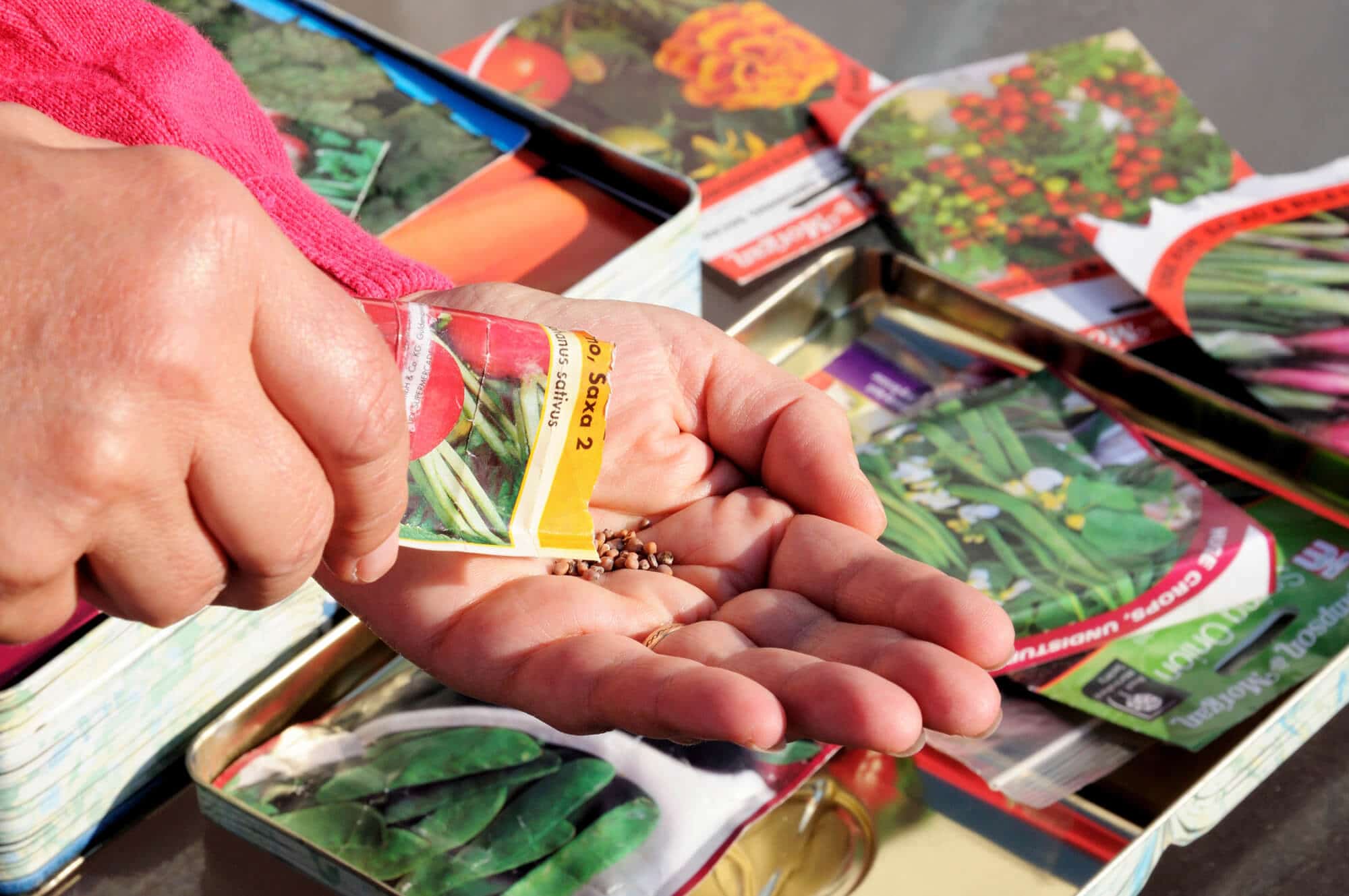
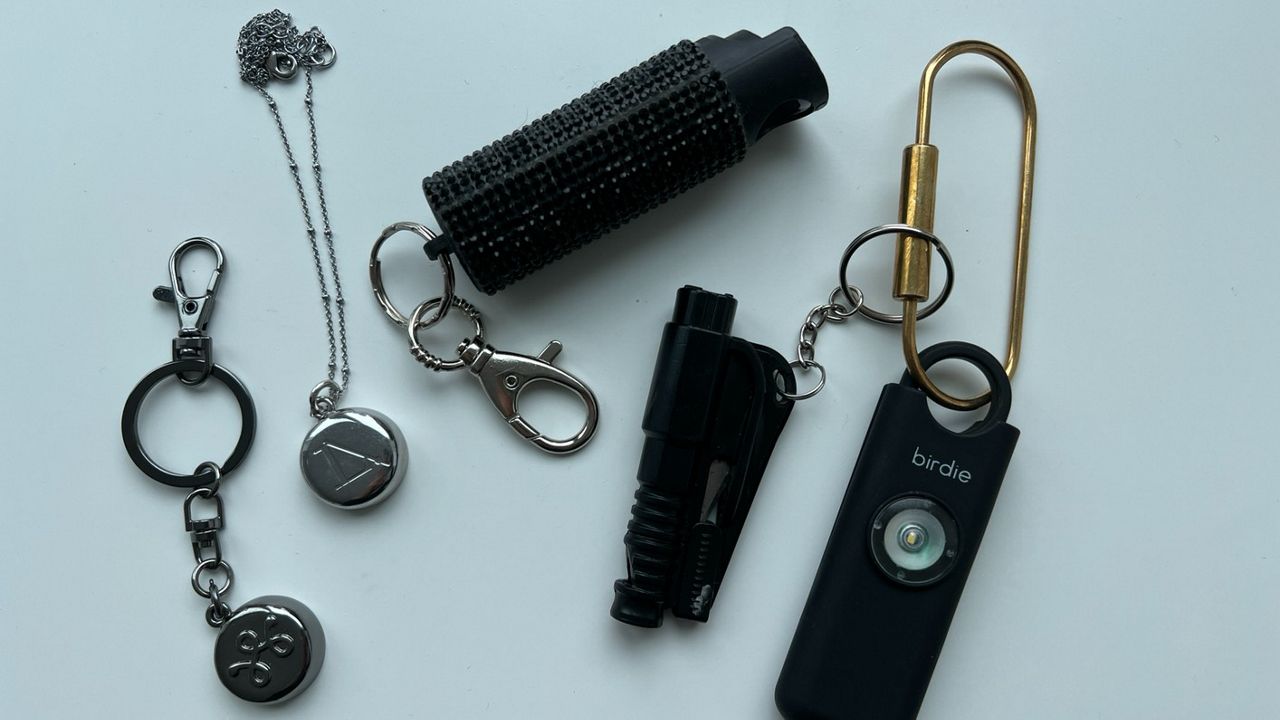




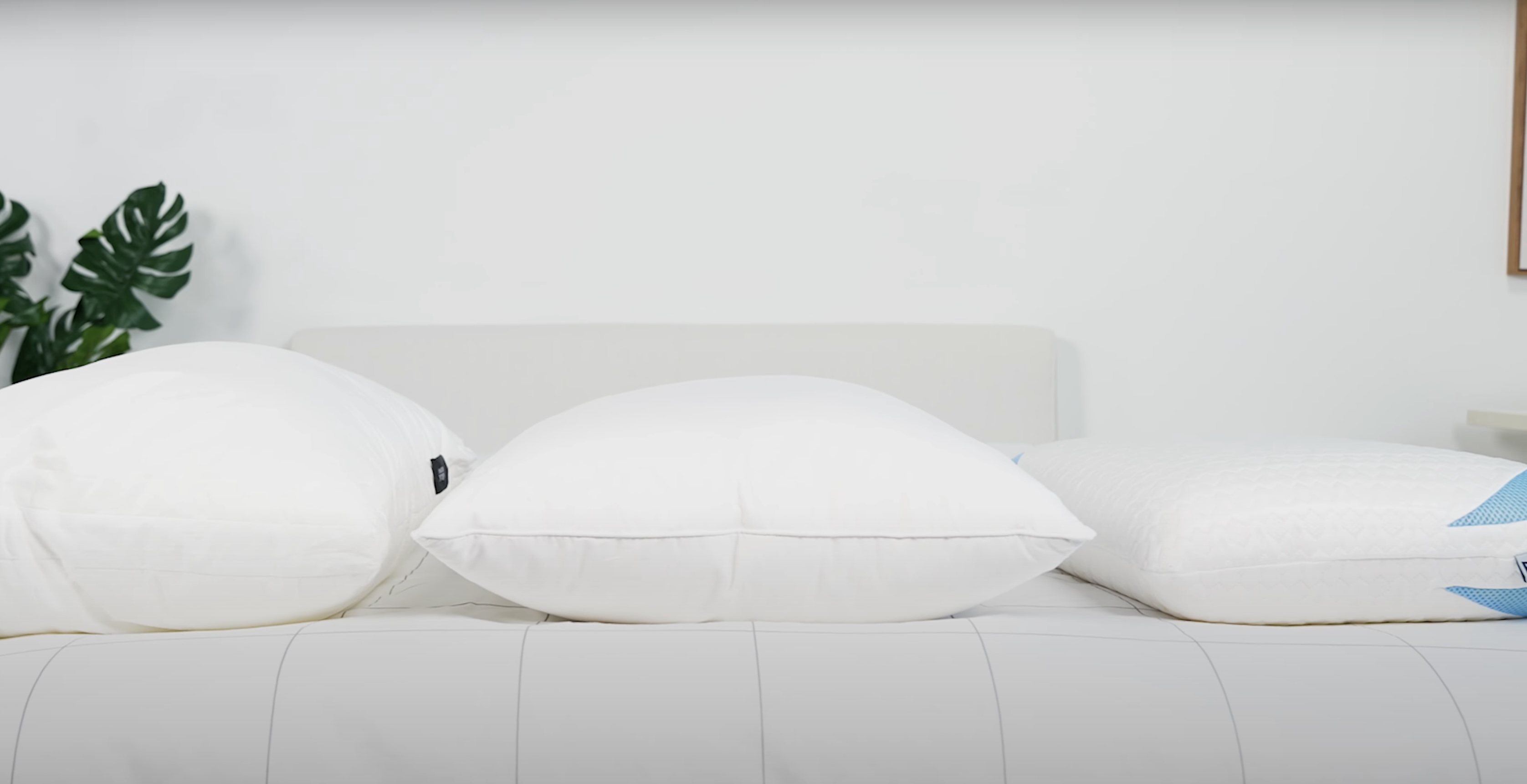
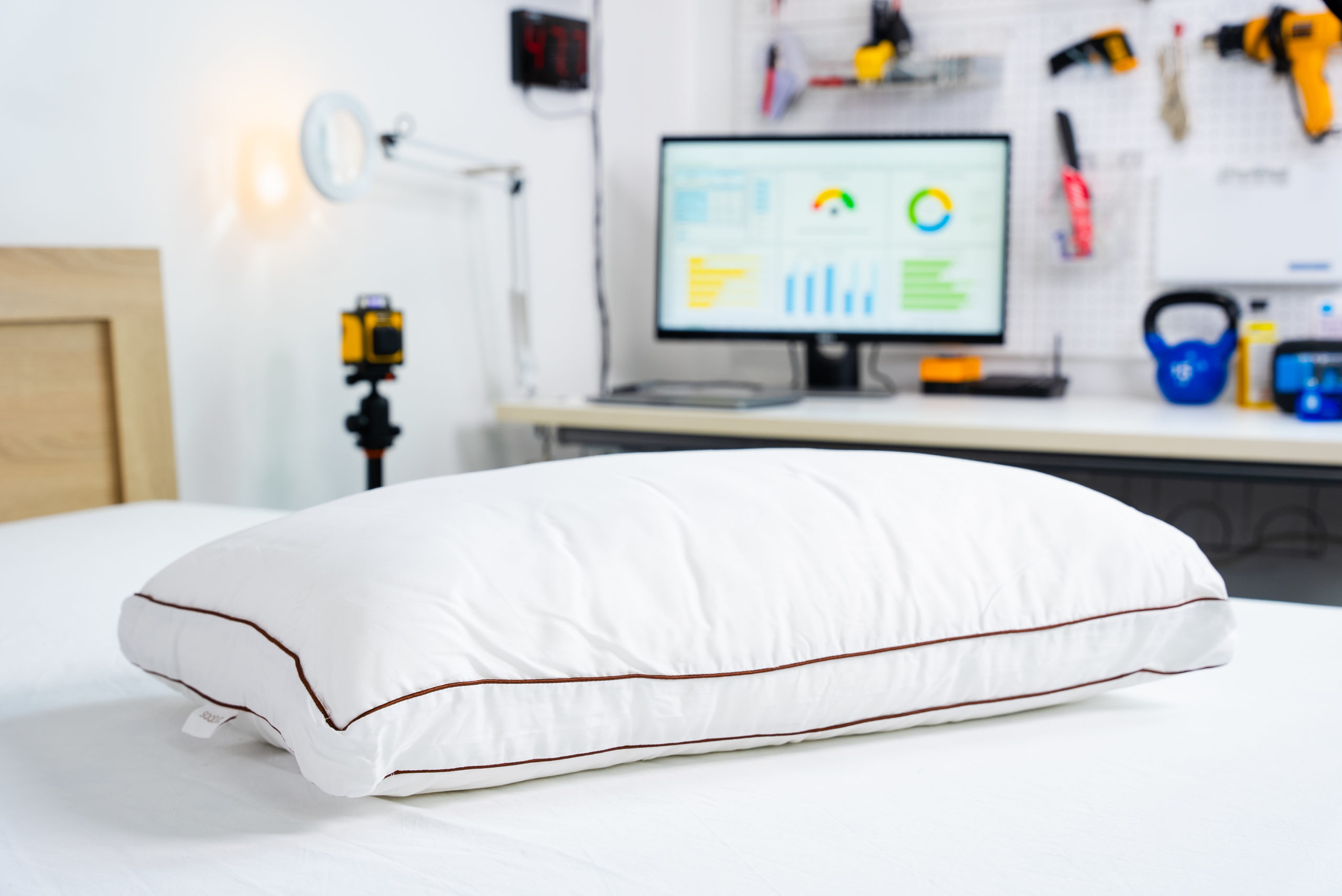




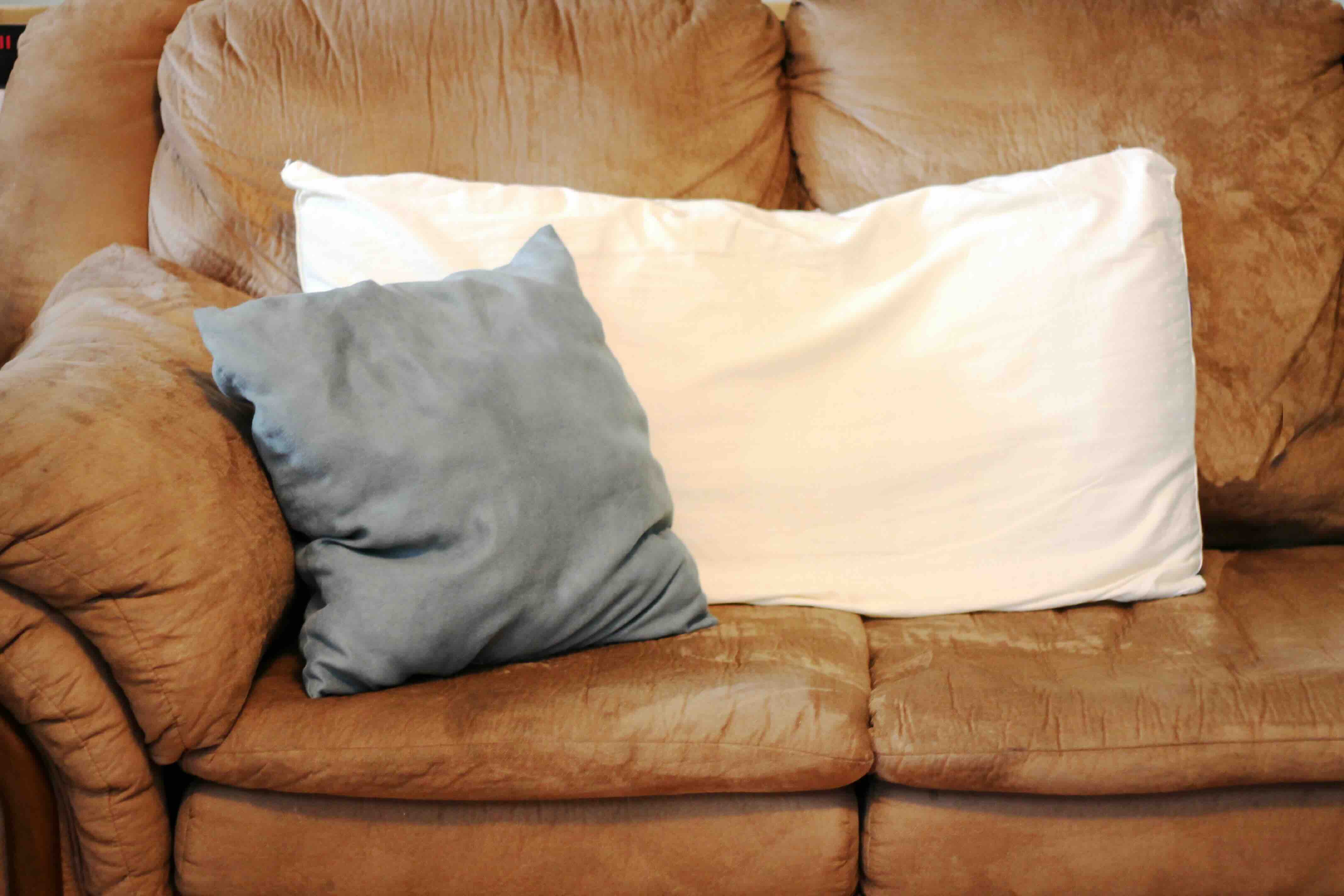

0 thoughts on “Why Is It Illegal To Cut Tags Off From Pillows”